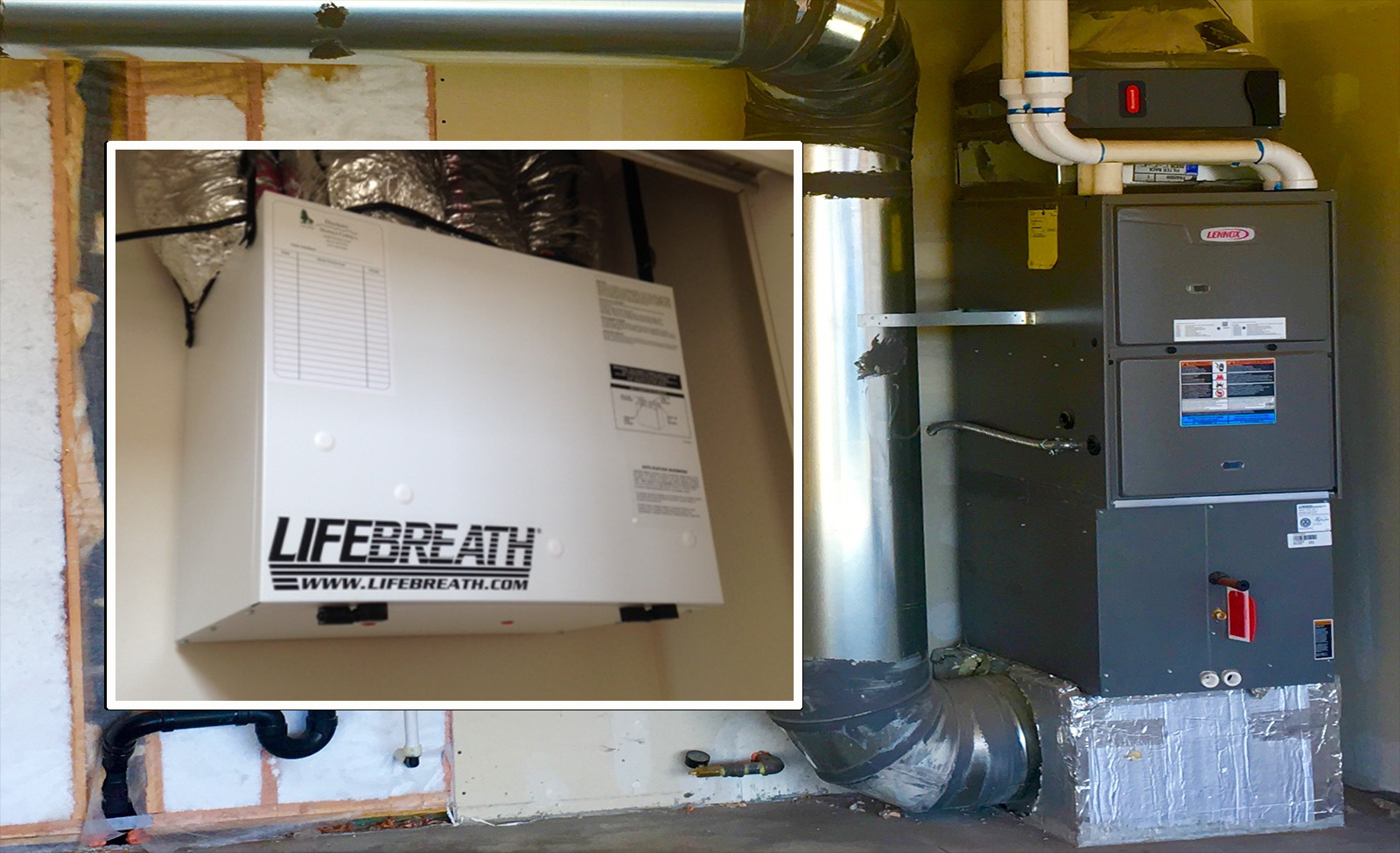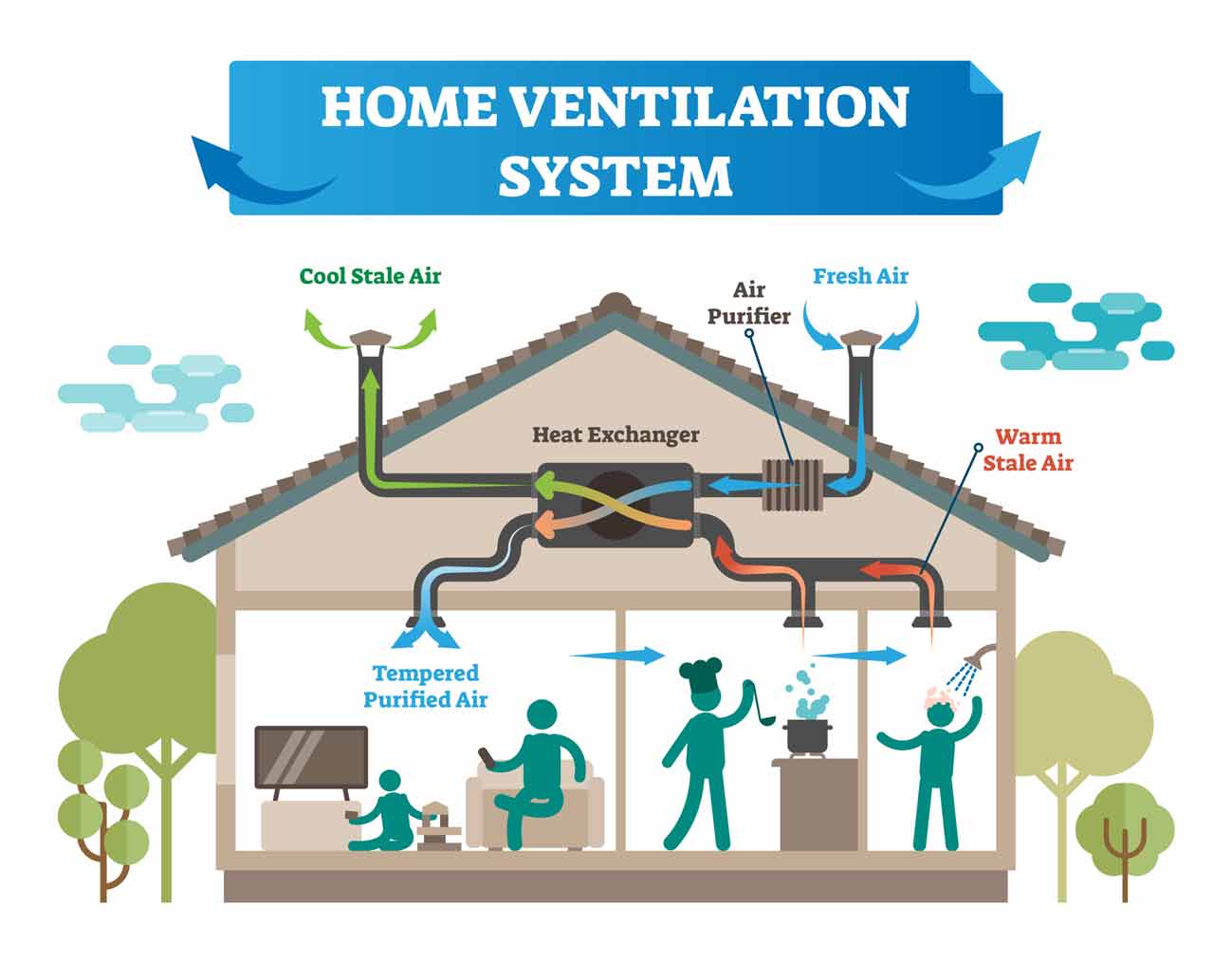The Sustainability Factor of HRV in Modern Homes
Wiki Article
Checking out the Advantages of Heat Recovery Ventilation for Energy Efficiency in Residences
Heat Recovery Ventilation (HRV) systems use home owners a practical approach to improving energy effectiveness. By recovering heat from outgoing air, these systems can significantly lower home heating and air conditioning expenses. In addition, they offer a consistent supply of fresh air, boosting indoor air high quality and convenience levels. As property owners think about lasting choices, understanding the nuances of HRV systems becomes increasingly important. What variables should one examine prior to making such an investment?Recognizing Heat Recovery Ventilation Equipments

Just How HRV Boosts Indoor Air Top Quality

Energy Savings: The Economic Advantages of HRV
Making the most of energy effectiveness, heat recovery ventilation (HRV) systems supply significant economic advantages for house owners. By recuperating and recycling warmth from exhaust air, HRVs considerably minimize heating and air conditioning expenses. This modern technology can bring about energy savings of approximately 30%, relying on climate and use patterns. Property owners commonly notice reduced energy expenses quickly after installation, making HRVs a financially wise financial investment with time. Additionally, many regions offer incentives or discounts for energy-efficient upgrades, further boosting the economic allure. As power costs proceed to climb, the cost-effectiveness of HRVs ends up being significantly clear. In general, the unification i thought about this of HRV systems not only advertises energy performance yet additionally adds to long-term economic savings for households.The Ecological Impact of Heat Recovery Ventilation
A significant ecological advantage of heat recovery ventilation (HRV) systems depends on their capability to lower total energy intake. By reclaiming warmth from exhaust air and transferring it to incoming fresh air, HRV systems decrease the requirement for energy-intensive home heating and cooling methods. This decrease in power demand adds to lower greenhouse gas exhausts, as less fossil gas is required to preserve comfy indoor temperature levels. Additionally, HRV systems enhance indoor air quality by efficiently trading stale air with fresh outdoor air, minimizing reliance on mechanical air conditioning systems that can hurt the setting. On the whole, the implementation of HRV systems sustains lasting living practices and straightens with worldwide efforts to combat environment change by advertising energy effectiveness in domestic setups.
Picking the Right HRV System for Your Home
Exactly how can house owners ensure they choose the appropriate heat recovery ventilation (HRV) system for their needs? They must evaluate their home's size and layout, as these variables affect air movement requirements. Next, evaluating the system's efficiency ratings is vital, as higher ratings indicate much better efficiency and power financial savings. House owners must likewise take into consideration installation and upkeep costs, contrasting various brand names and designs for value. In addition, it is necessary to evaluate noise degrees, as some systems operate more quietly than others. Consulting with heating and cooling specialists can give customized suggestions based upon specific home problems. Lastly, taking a look at individual evaluations and warranties can assist in making an educated choice, making sure that the chosen HRV system properly boosts indoor air high quality and power performance.Regularly Asked Inquiries

How Commonly Should I Clean or Preserve My HRV System?
The frequency of cleansing or preserving a heat recovery read the article air flow (HRV) system normally depends on usage and ecological aspects. Generally, it is advisable to carry out maintenance every 6 months to assure peak performance and air quality.
Can HRV Solutions Help In Reducing Humidity Degrees Indoors?
HRV systems can successfully minimize interior moisture degrees by trading stagnant, damp air with fresh, drier air from outside. HRV Heat Recovery Ventilation. This procedure assists maintain a well balanced indoor atmosphere, boosting comfort and avoiding moisture-related concerns
What Is the Life expectancy of a Typical HRV System?
The life-span of a common heat recovery ventilation (HRV) system site differs, generally lasting between 10 to 15 years. Routine maintenance can extend its effectiveness and operational life, ensuring peak efficiency throughout its usage duration.Are There Any Type Of Sound Interest In HRV Solutions?
Sound interest in HRV systems can develop, especially from follower operation. Nevertheless, numerous modern-day systems are made to reduce audio levels, guaranteeing they operate silently while preserving efficiency, which resolves possible disruptions in living environments.Can I Install an HRV System Myself, or Do I Required a Specialist?
The private contemplated whether to install the heat recovery ventilation (HRV) system directly or employ a professional. Typically, while DIY installation is feasible, proficiency assurances proper performance and conformity with local building codes, improving system efficiency.Report this wiki page